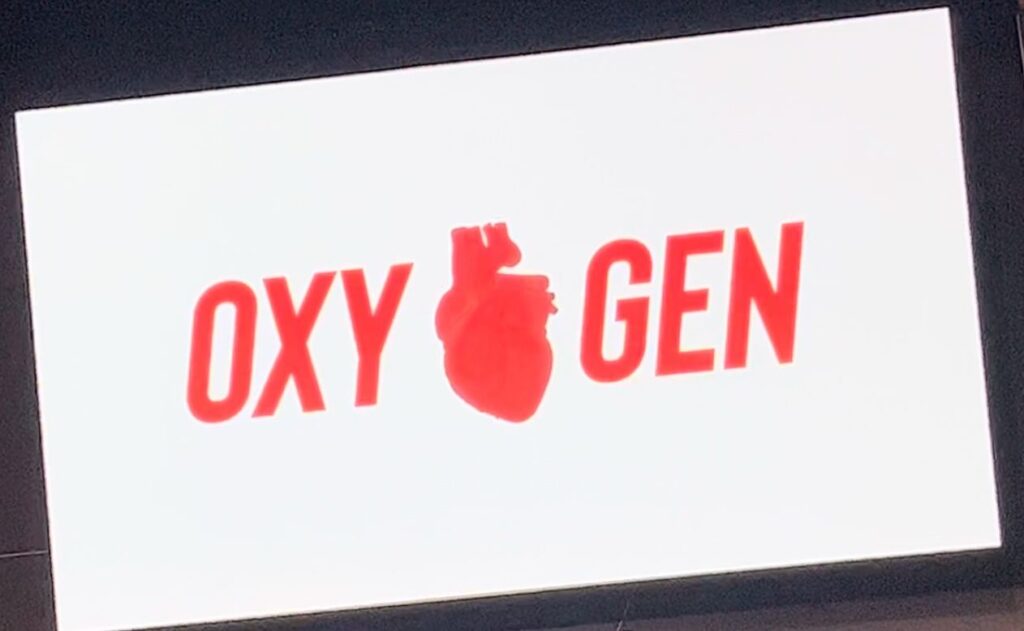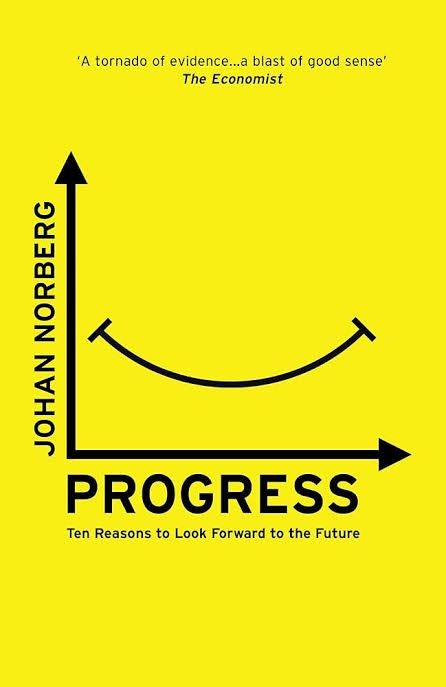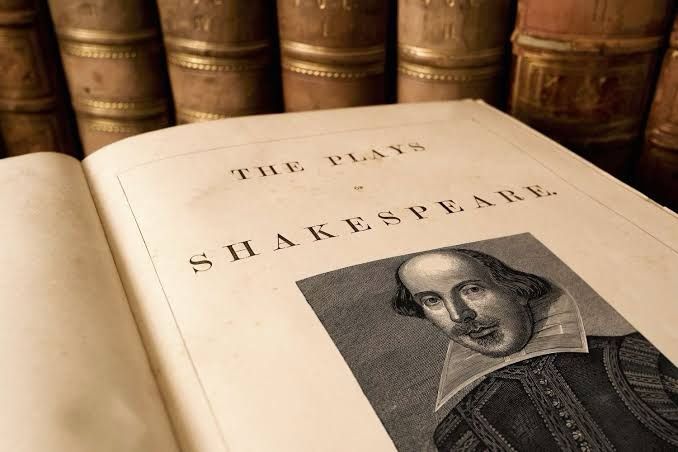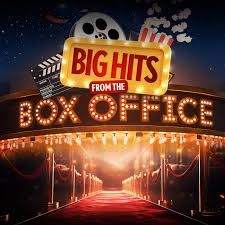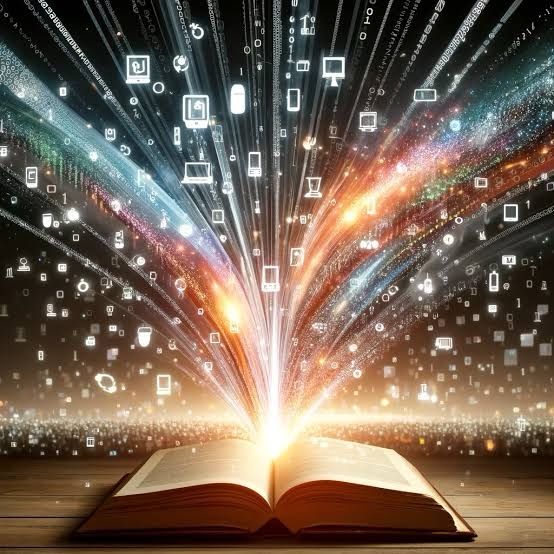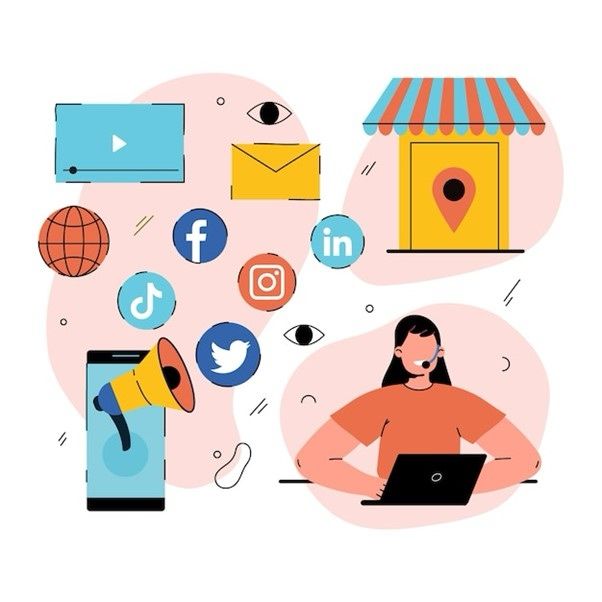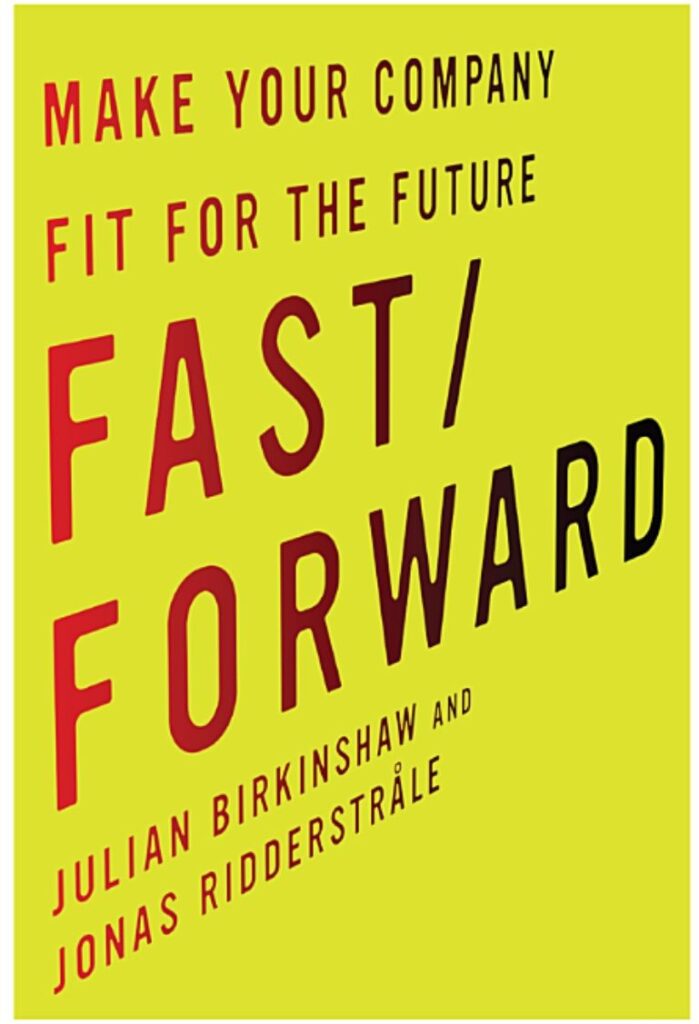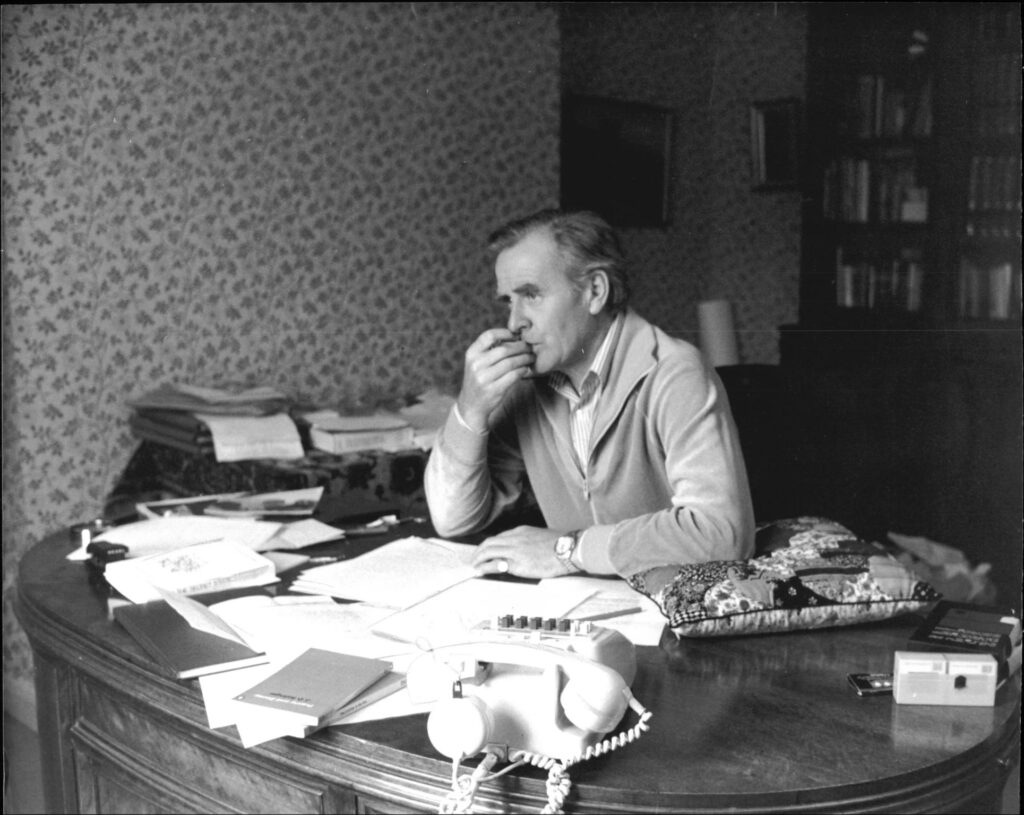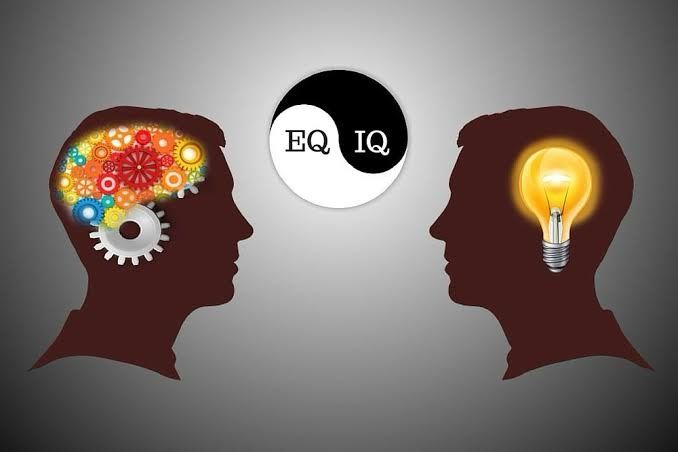The history of cinema is one of innovation, artistic expression, and cultural impact. From its humble beginnings in the late 19th century, cinema quickly rose to become one of the most influential art forms of the 20th century, shaping societal norms, whilst providing entertainment. Cinema’s rise can be traced to the early 1900s with the advent of silent films and the pioneering work of figures like the Lumière brothers and Thomas Edison. By the 1920s, Hollywood had emerged as the world’s filmmaking hub, and the advent of sound in the late 1920s marked the beginning of what many refer to as cinema’s Golden Age. During the mid-20th century, film became the dominant form of mass entertainment, especially with the rise of glamorous movie stars and the influence of major studios like MGM, Warner Bros., and Paramount. Films were not just entertainment but cultural events, with directors like Alfred Hitchcock, Orson Welles, and Ingmar Bergman exploring new artistic boundaries. Cinema shaped the way people dressed, spoke, and thought. It was a vehicle to address issues like race, gender, war, and class. Technological advancements fueled cinema’s rise. Color films, widescreen formats, and eventually CGI allowed for bigger spectacles and richer storytelling experiences, attracting audiences in droves. Derek Thompson wrote in his hitmakers that when the blockbuster Ben-Hur premiered on November 18, 1959, before a celebrity audience of more than 1,800 at Loew’s State Theatre in New York City, the movie industry was the third-largest retail business in the United States, after groceries and cars. But by then, the Americans’ monogamous relationship with the silver screen was already ending. Television proved irresistible. By 1965, more than 90 percent of US households had a television set, and they were spending more than five hours watching it every day. The number of movie tickets bought per adult fell from about twenty-five in 1950 to four in 2015. Television replaced film as the most popular medium of visual storytelling, whose cable bills supported a vast ecosystem of live sports, dramas, and endless reality shows. Now television is merely the largest screen in a glittering world of glass. With the advent of high-quality home entertainment systems, DVDs, and later, streaming platforms media changed dramatically. Streaming on Netflix, Amazon Prime, and Disney+ revolutionized the industry, offering viewers access to an endless library of content from the comfort of their homes. Shows like Breaking Bad, Game of Thrones, and The Crown began to dominate the cultural conversation. Cinema did not die, it mutated to TV and now to phone screens. The theatre experience has become a voluntary indulgence not a mandatory requirement for cinematic enjoyment.

